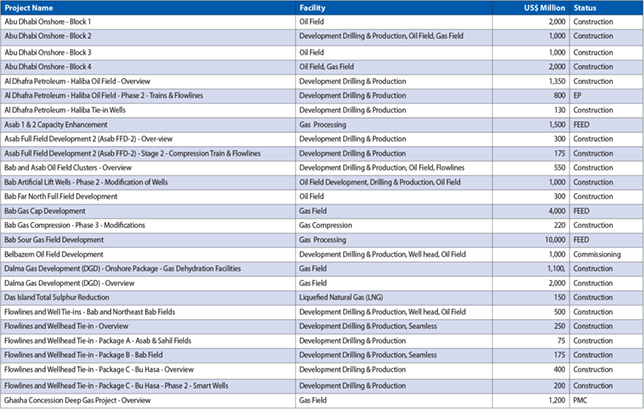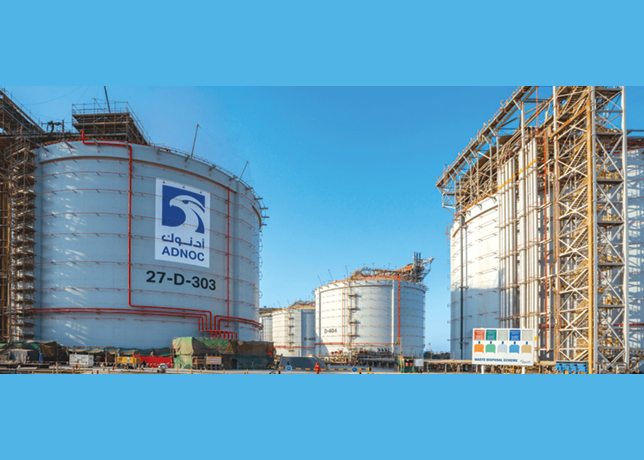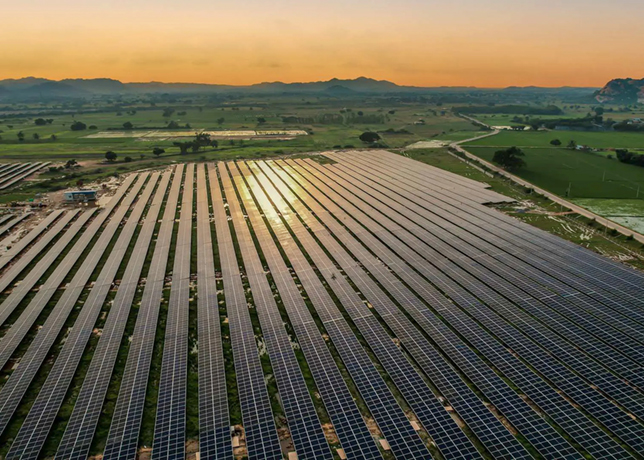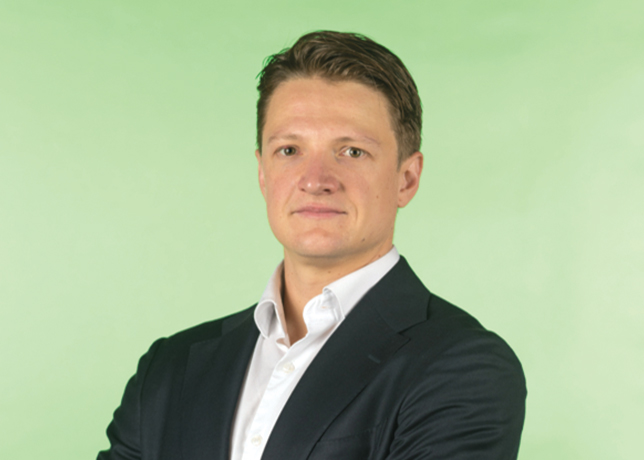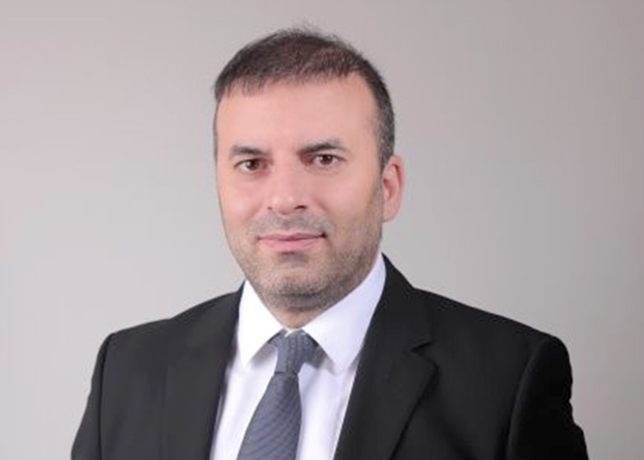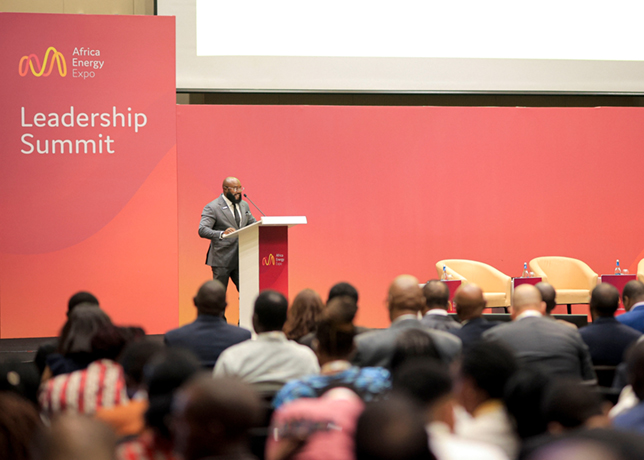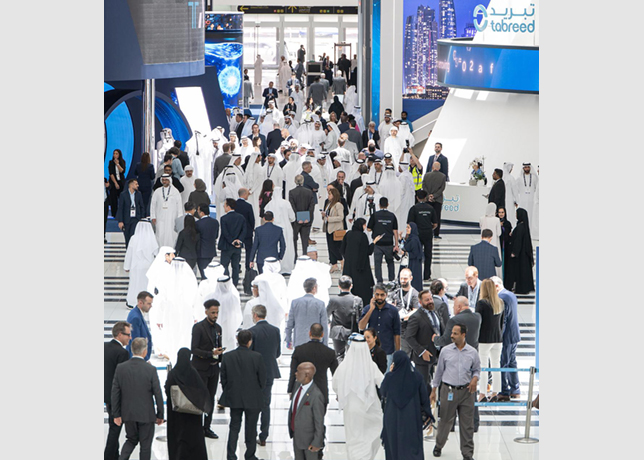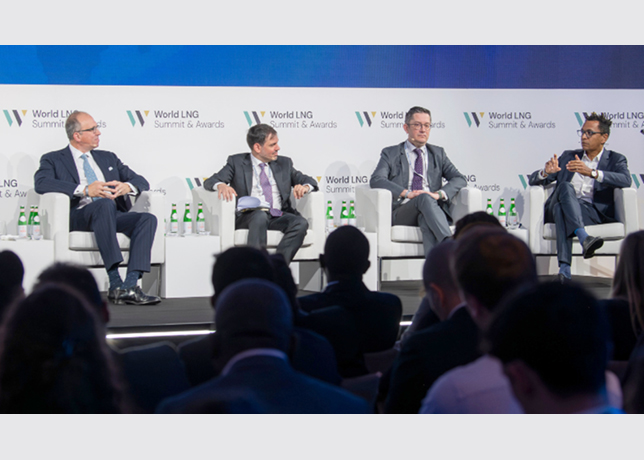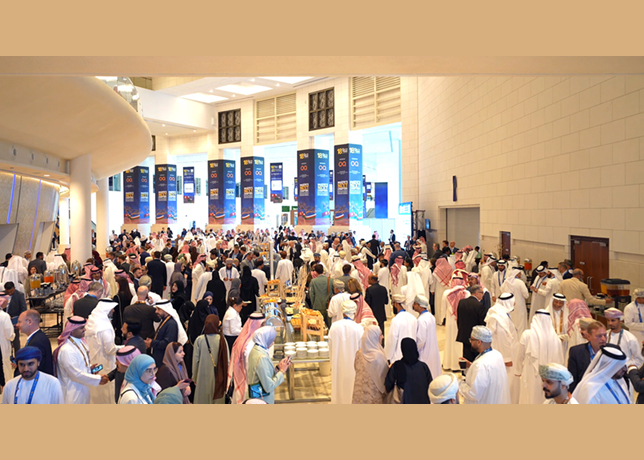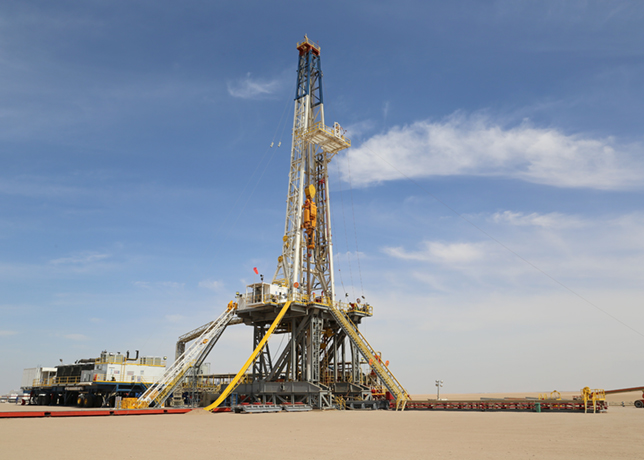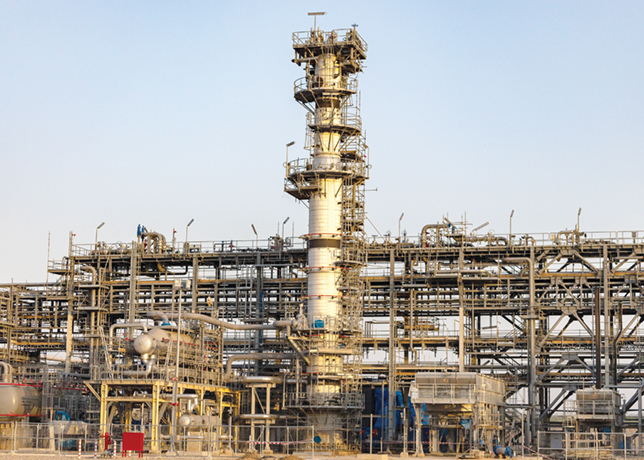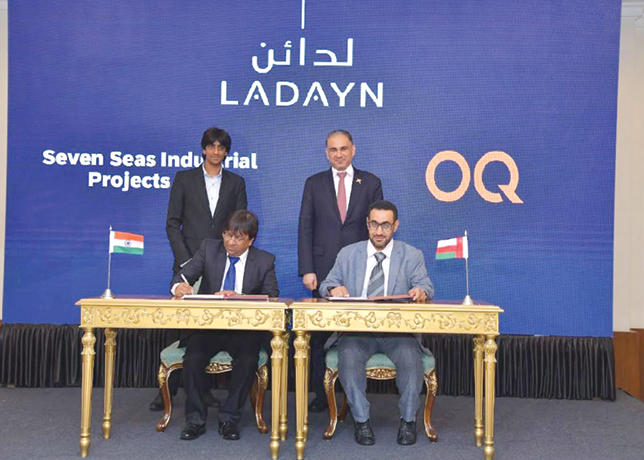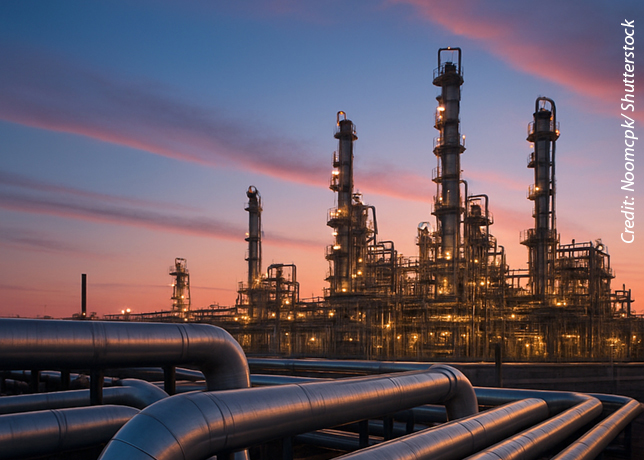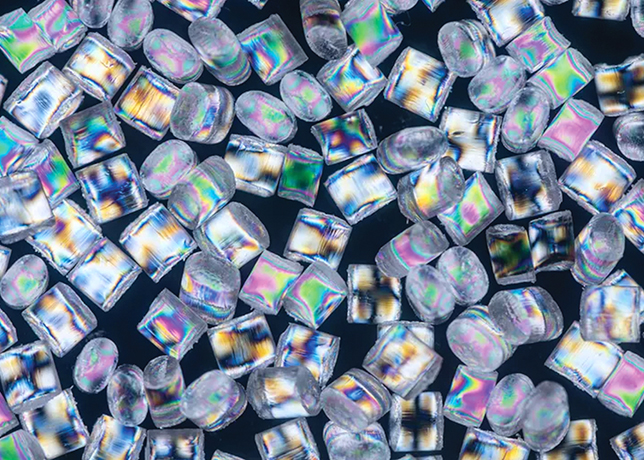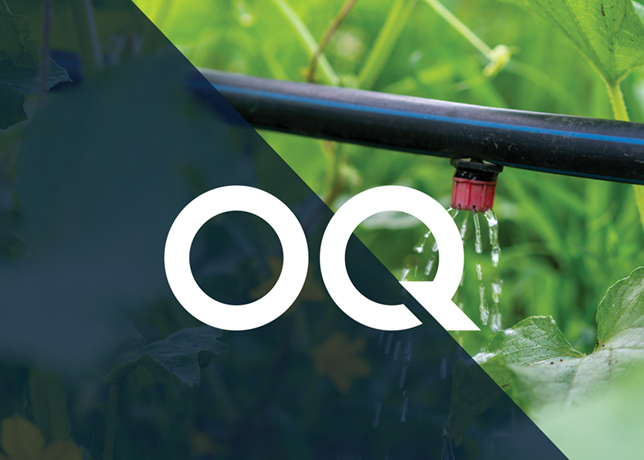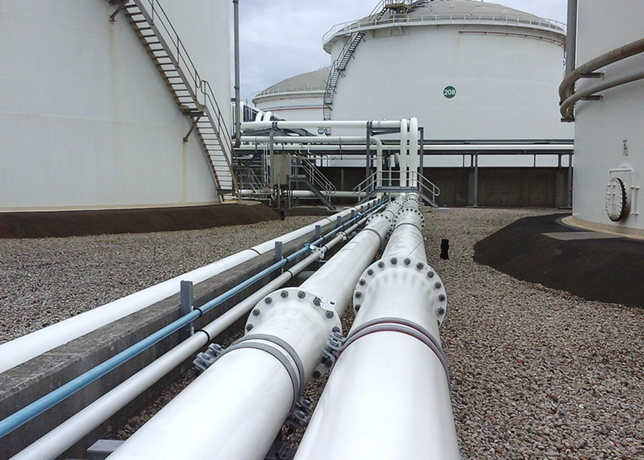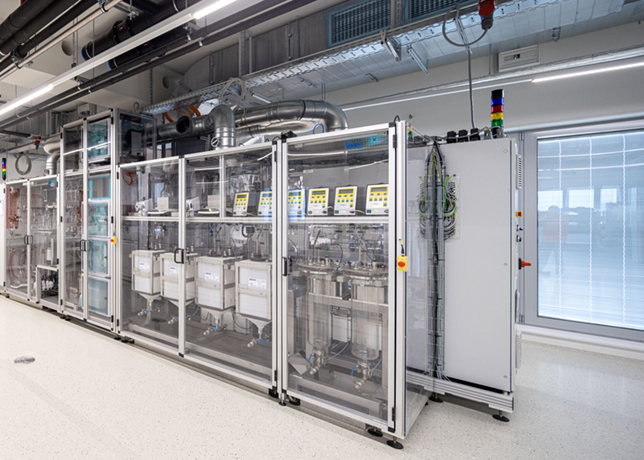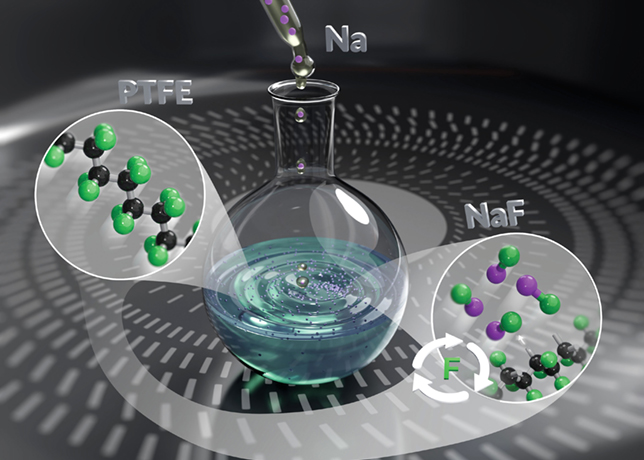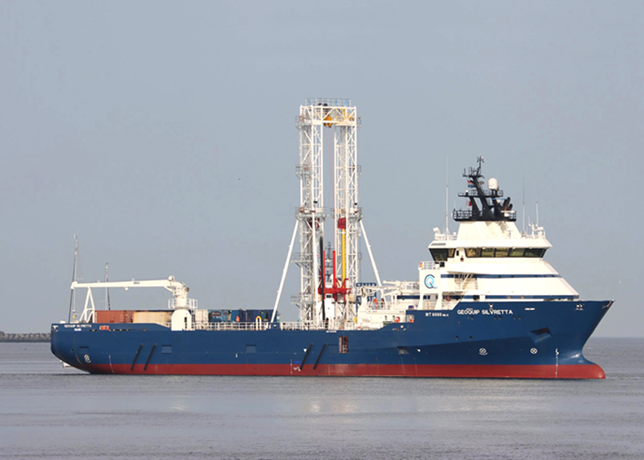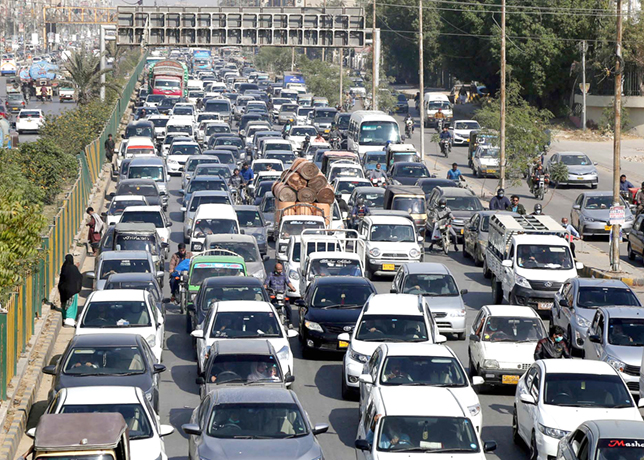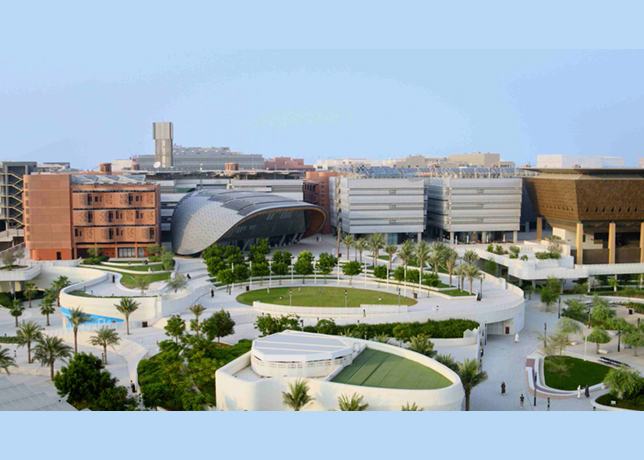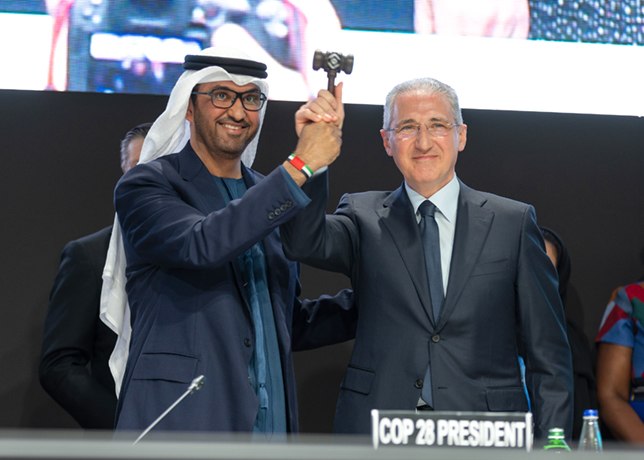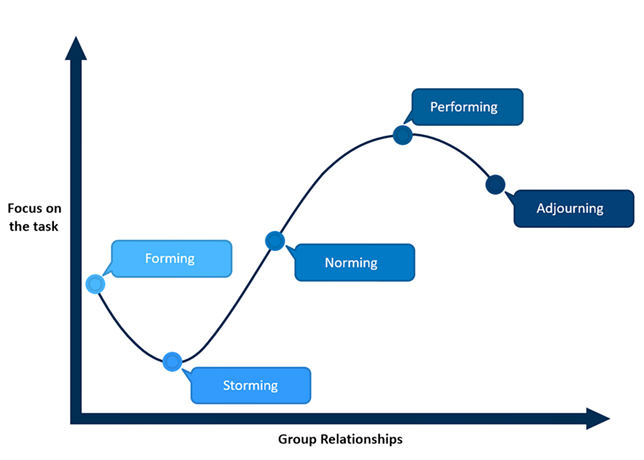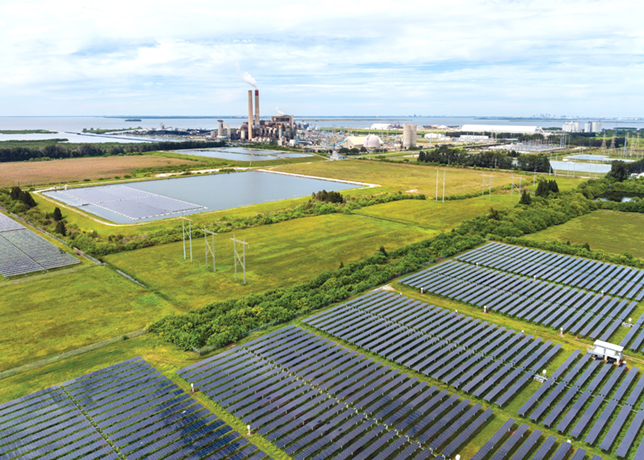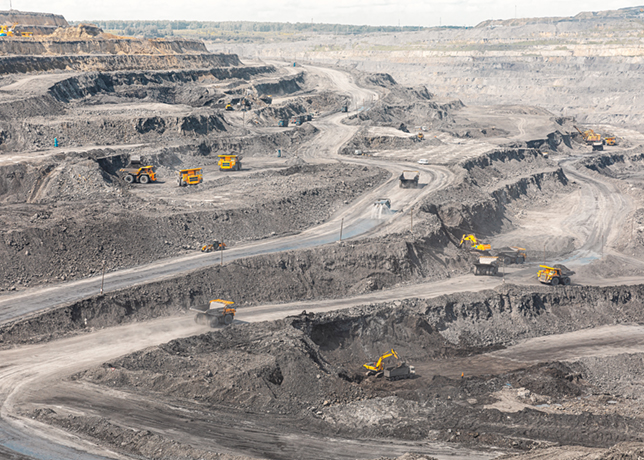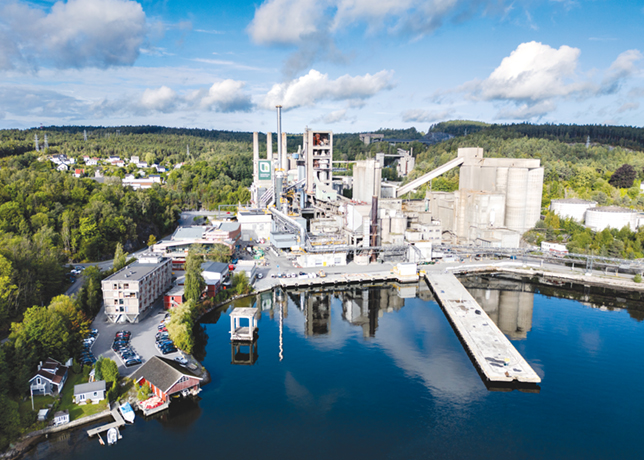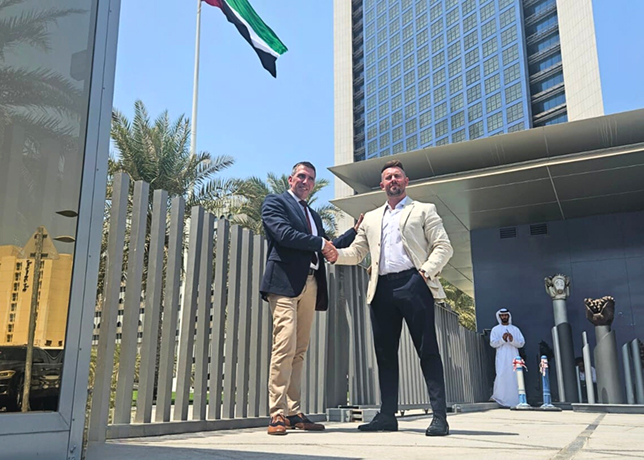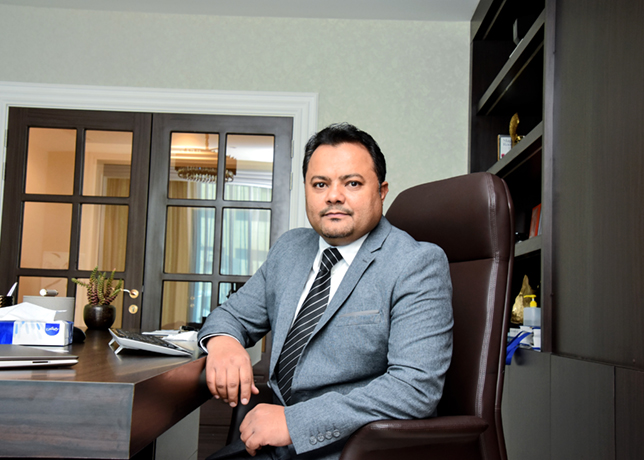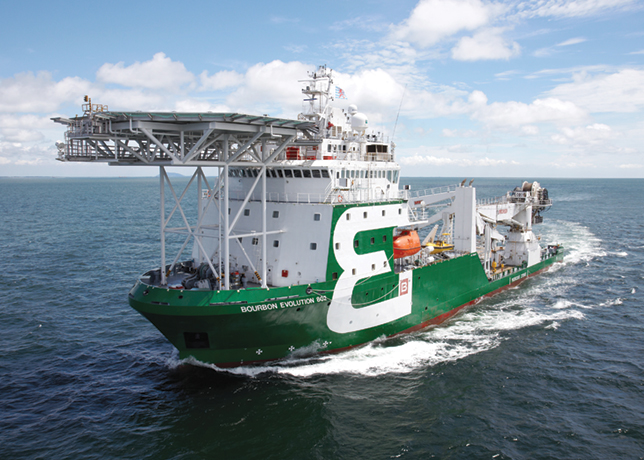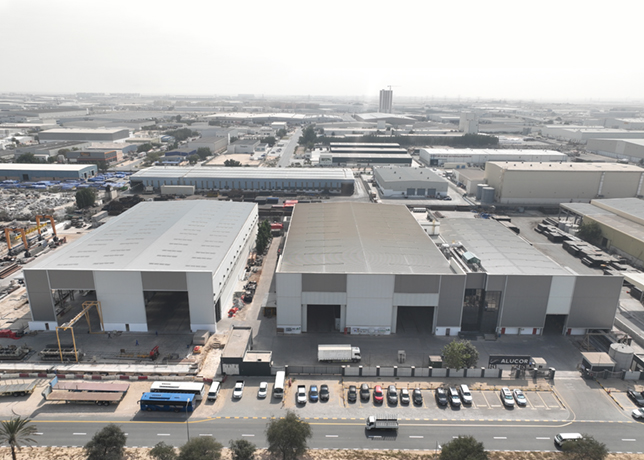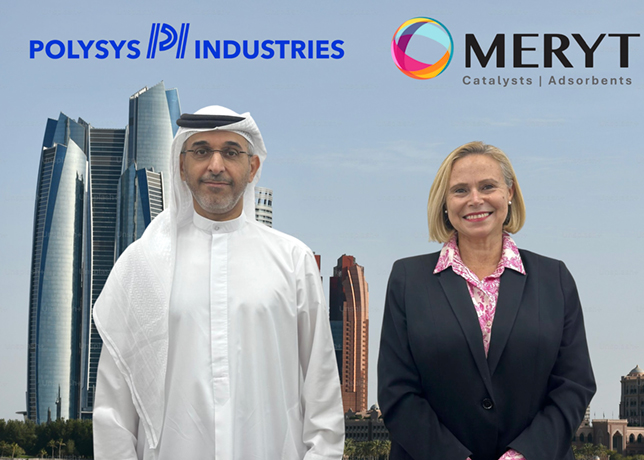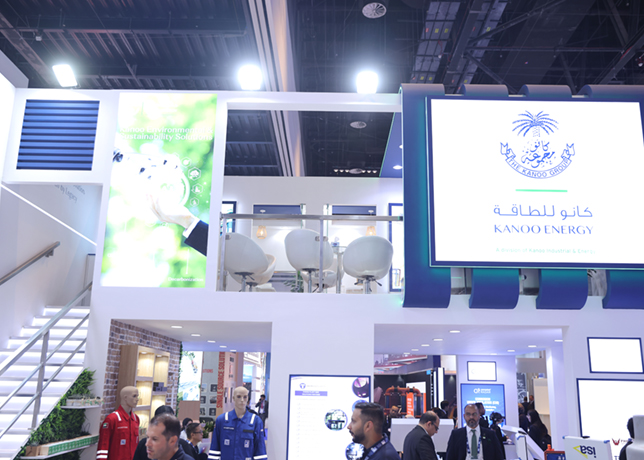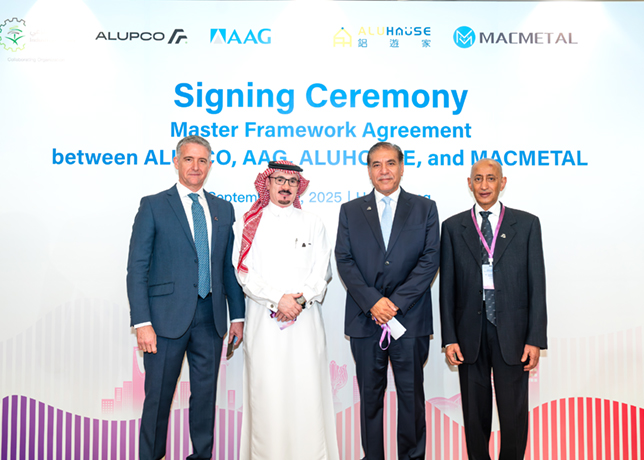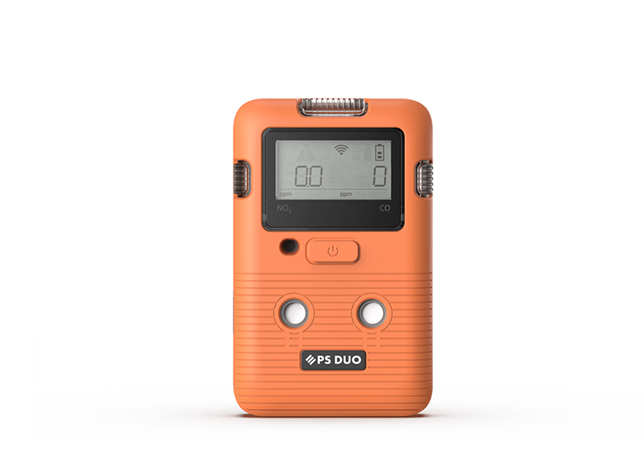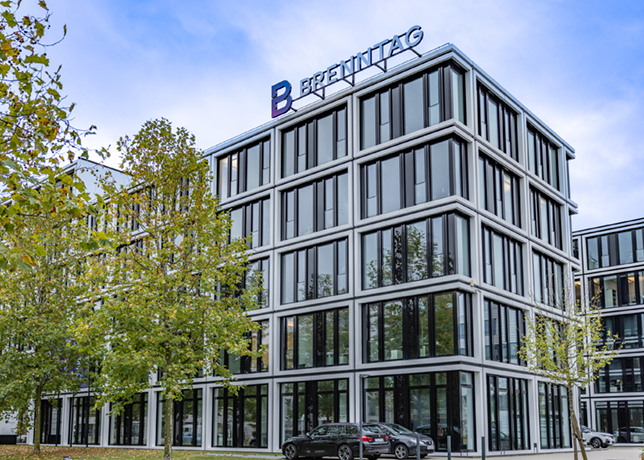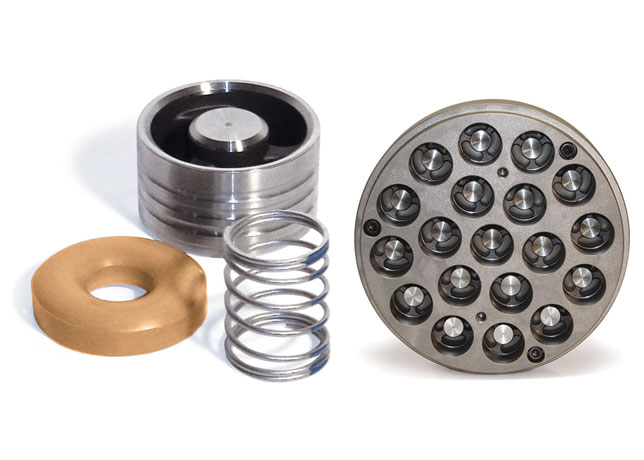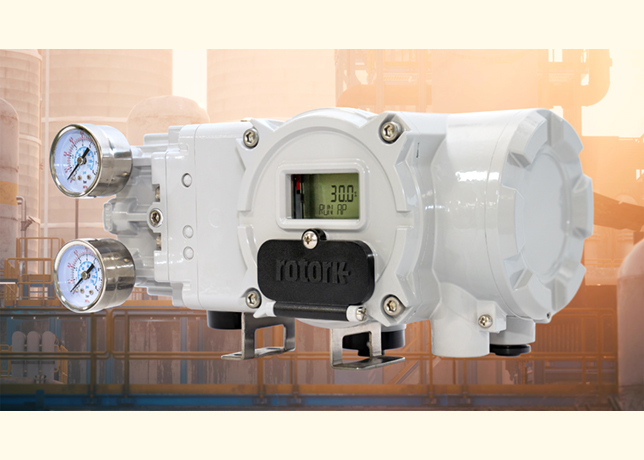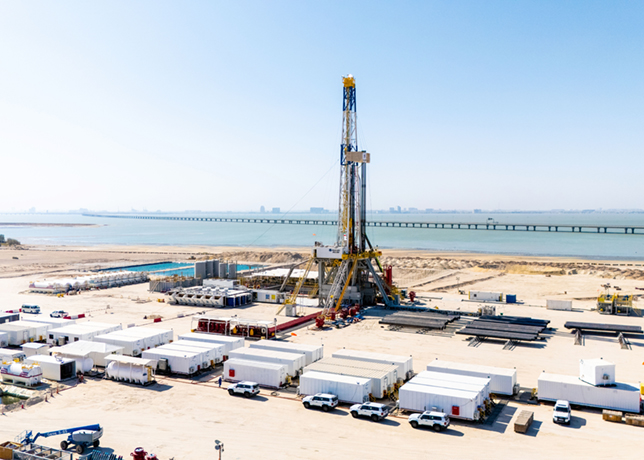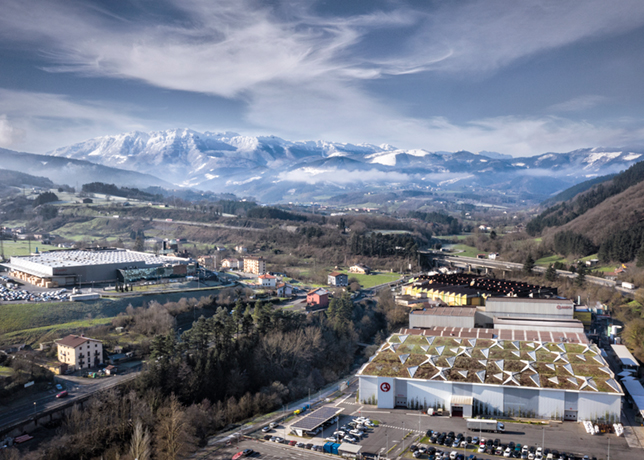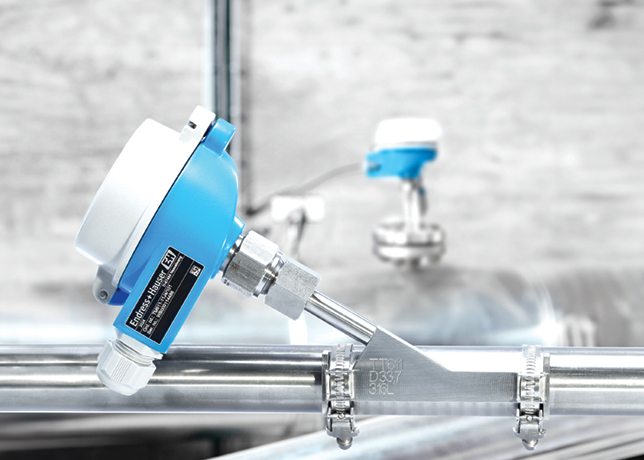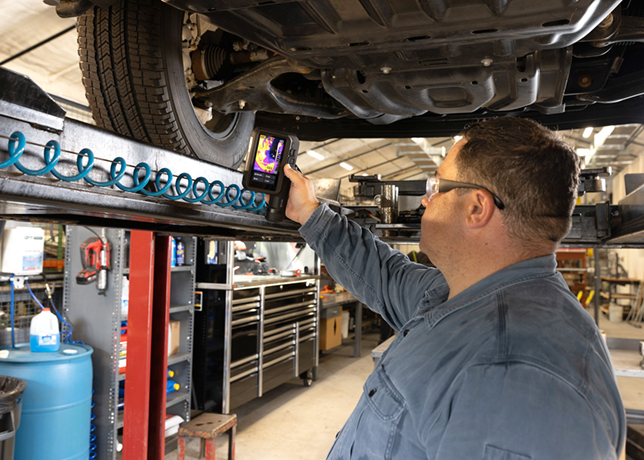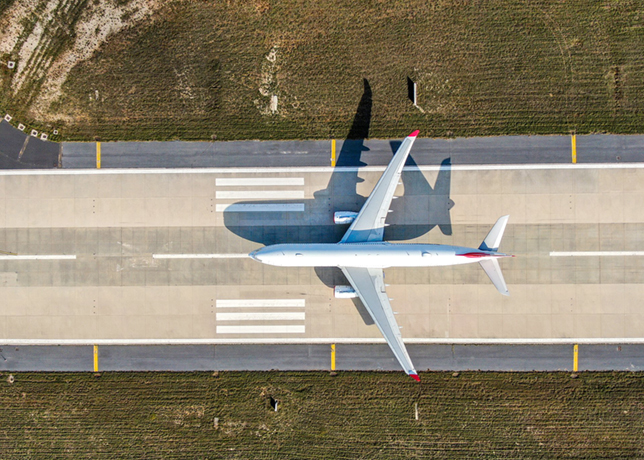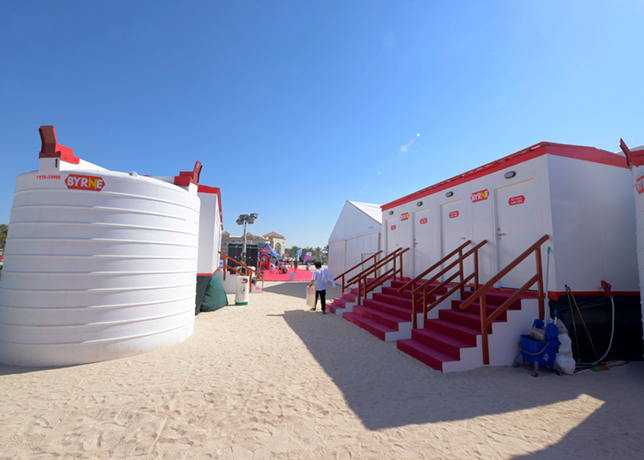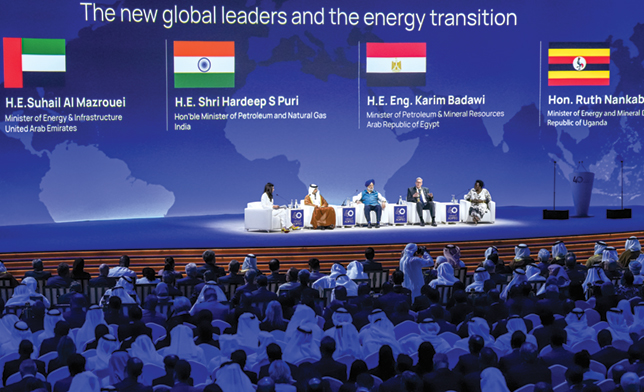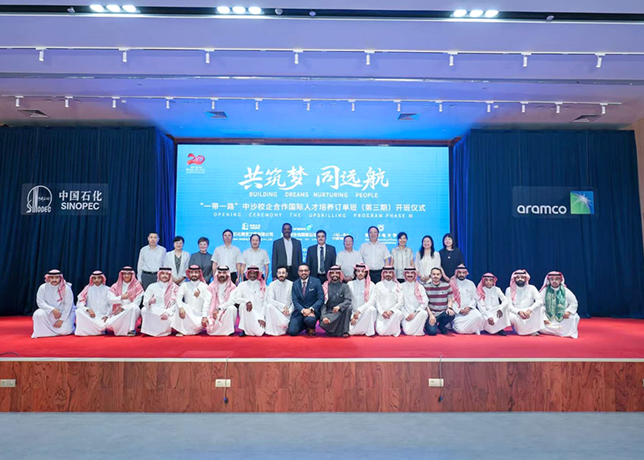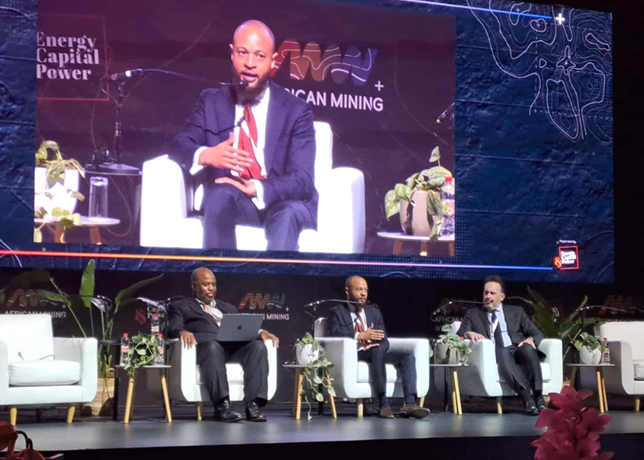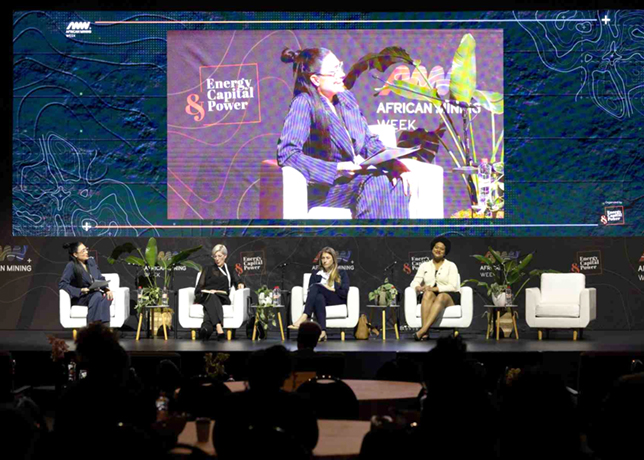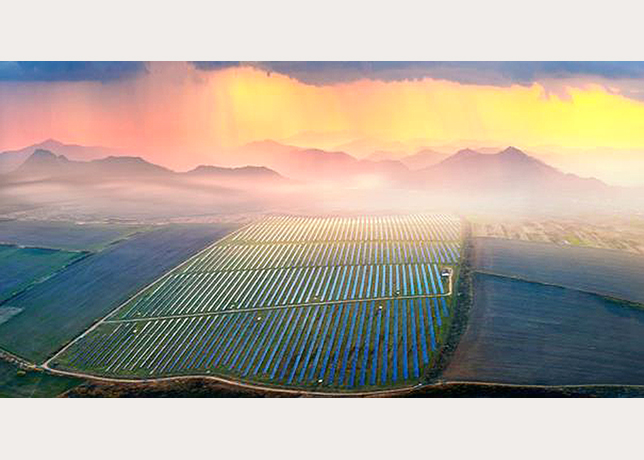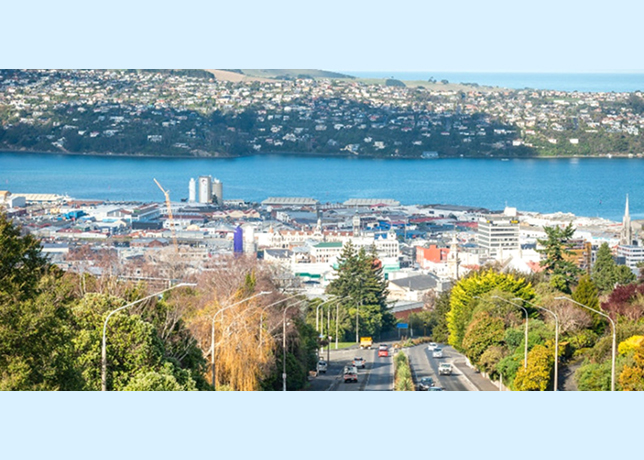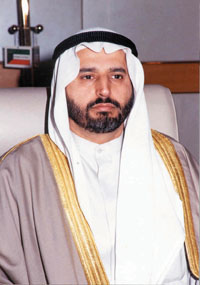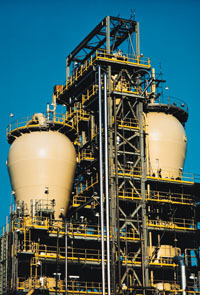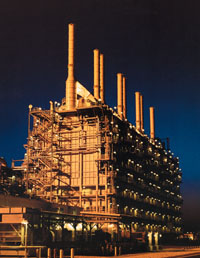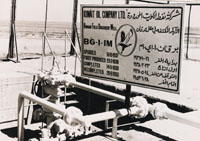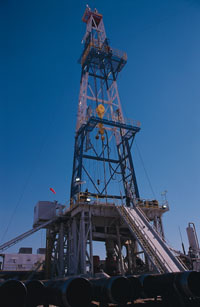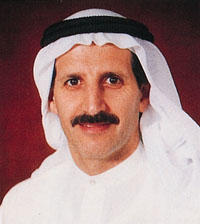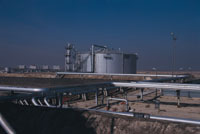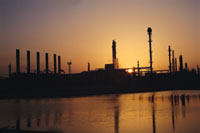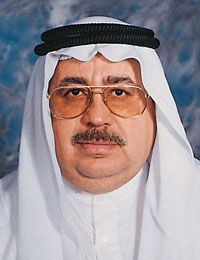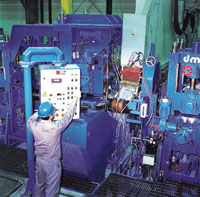
 The bulk of KuwaitÕs oil output comes from the onshore Burgan field
The bulk of KuwaitÕs oil output comes from the onshore Burgan field
WHILE MUCH of the focus of Kuwait's future upstream development is on oil, the country will be obliged to look increasingly to gas.
Agreements with gas-rich neighbours may provide a stop gap in supplies, but recent gas discoveries in Kuwait hold significant potential, according to officials.
One such find, in the northwestern Raudhatain field is being evaluated, but is said to bear the hallmarks of a large gas pocket.
Upstream gas infrastructure is also being developed, with a price competition to be held among four major firms to replace South Korea's Shinwha Engineering in a $130 million project to build a new gas booster station.
Shinwha was named last year as the lowest bidder for the tender with $129 million. It signed the deal in June to build the gas booster station in northern Kuwait and had already started on the engineering work.
New oil reserves have been found in the northeastern Sabriyah field. Tests conducted on the well showed that it was producing 44 API crude, and is considered to be the highest quality producer yet in the Maurat Formation.
Tests showed that the reservoir beneath the well may contain at least 200 million barrels of oil in place.
KOC believes that the well at Sabriyah has the potential to produce 15,000 bpd of oil and 45 million cu ft per day of gas.
Even before the latest discovery, Sabriyah was one of the world's largest onshore oilfields and is among those being offered to international oil companies under Kuwait's operating service agreement model.
Now, new gathering centres being opened in Kuwait are to boost production capacity.
A newly-rebuilt centre (GC-25) was started late last year in the Raudhatain field. By bringing the centre on-line, and combining it with production from GC-15, KOC has boosted oil production to nearly 1.5 million bpd from the Raudhatain, Abdali and Rutga fields.
GC-25 had to be completely rebuilt following the Gulf War. North Kuwait production also includes an additional 100,000 bpd from GC-23 in the Sabriyah field, which processes crude from the Sabriyah and Bahra fields.
In the West of the country, KOC inaugurated a new gathering centre last month, which, according to KOC chairman and managing director Abdullatif Al Tourah, ''is very important''.
Named Umm Gudair, the new centre is expected to produce 190,000 bpd.
A joint project between KOC and China National Petroleum Company, the 60,000 sq m Umm Gudair agreement was signed in December 1995, with construction work starting in March 1997. It is the second largest gathering centre in West Kuwait and is equipped to process both medium and light crudes as well as gas and gas condensate.
The gathering centre can produce 98.26 million cu ft per day in high pressure gas compressors and 26,250 bpd per day of condensate.
In large oil tanks, the oil is separated from the gas as the gas climbs to the top of the tank and is transported from there to a compressor which pressurises it into liquid.
Umm Gudair will help KOC towards its goal of 500,000 bpd production in West Kuwait, and its ultimate aim of three million bpd nationally.
A second gathering centre in the area (GC-28) is expected to be finished next month.
The Chinese firm was responsible for both gathering centres as part of a $391 million contract.
Snamprogetti, with Athens-based Consolidated Contractors International Company (CCC), was awarded a $120 million contract for the Minagish water injection project, which includes supply and installation of effluent water collection and treatment facilities at GCs 17, 27 and 28.
Most of Kuwait's oil reserves are located in the 70 billion barrel Greater Burgan region, considered the world's second largest.
The Raudhatain, Sabriya, and Minagish fields also have large proven reserves, with approximately six billion, 3.8 billion, and two billion barrels of oil, respectively.
All of these fields generally contain medium to light crude with gravities in the 30 deg to 36 deg API range. The South Magwa field in the Greater Burgan area, discovered in 1984, is estimated to hold at least 25 billion barrels of light crude oil with a 35 deg to 40 deg API gravity.
The bulk of Kuwait's oil production occurs onshore at Greater Burgan, whose Burgan, Magwa, and Ahmadi structures produce roughly 1.6 million bpd combined.
Approximately 500,000 bpd of crude is also produced from the Neutral Zone, a 6,200 sq mile partitioned area shared equally with Saudi Arabia, through two joint ventures.
Onshore, US firm Texaco and KPC produce from the Wafra, South Fawaris and South Umm Gudair fields.
Offshore, Japan's Arabian Oil Company (AOC) produces approximately 280,000 bpd from the Khafji and Hout fields, both of which are connected to Saudi Arabia's Safaniyah field, the world's largest offshore oilfield.
AOC has a 40 per cent stake in the concessions, with the remaining 60 per cent shared equally by Kuwait and Saudi Arabia.
In 1995, Kuwait agreed in principle to extend AOC's concession right in its area of the Neutral Zone for 30 years following its expiry in January 2003.
The Neutral Zone contains an estimated five billion barrels of oil and one trillion cu ft of natural gas.



